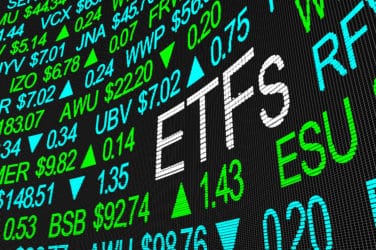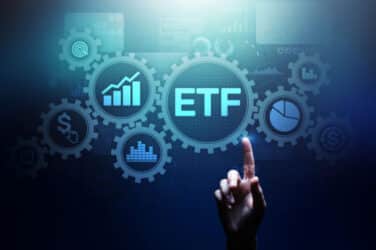By Sylvain Thieullent, CEO, Horizon Software
Exchange traded funds (ETFs) have exploded in popularity in recent years. From an investor perspective, there are good reasons to use them in a portfolio as they are an effective, manageable way to get exposure to many individual stocks without taking positions in any one of them on an individual basis. They have been largely popular for their liquidity, diversification, transparency and above all low costs. While investors often associate ETFs with large stock indexes, such as the S&P 500, ETFs also provide access to every asset class, sector, region, theme and investment style.
The ETF’s trading universe is vast. Thousands of ETFs can be managed. Key challenges include composition management- understanding each constituent of the ETF, and pricing- the price at which investors can buy or sell an ETF on an exchange. One of the major challenges for brokerage companies today is getting a fair price to their clients in a timely manner; it has come to be a real challenge to price each ETF, especially the less liquid ones. Solving the pricing complexity comes from a clear understanding of the ETF’s composition. Interfacing with market data providers is the first step to facilitate pricing as it gives access to the composition of all the ETFs, including the list and weight of each constituent.
But an ETF’s price reflects the value of the underlying ETF securities during the day (or what investors expect those values to be if the underlying markets are closed). For example, a US-listed ETF with exposure to Japanese stocks traded on the New York Stock Exchange when this exchange is open includes shares which are listed and traded on an overseas stock exchange, closed at that time.
How are ETFs’ prices calculated when the market is closed?
The solution is to take the latest market price and apply a performance indicator that reflects the pricing evolution after the market is closed. To go back to our example, the theorical price of a very liquid ETF that best represents the Japanese exchange performance since the market is closed should ponderate the last intraday market price. This performance evolution can reflect the overall theorical performance by region but also by sector or asset class.
What does it mean from a technology perspective? Scalability of the platform is crucial as a lot of data needs to be aggregated. Also, many generic rules need to be implemented to properly price ETFs in a multi-currency environment: the platform needs to be as flexible as possible to find the correct ETF and apply the most relevant performance indicator to the pricing.
As ETFs are becoming more popular and more complex, pricing will also follow suit in complexity. A trading technology solution needs to be scalable to act as a repository of data across the large universe of exchange-traded products. It also needs to offer granularity and flexibility to support the definition and implementation of the many types of pricing rules.







